BEAVER DAM LEVELERS
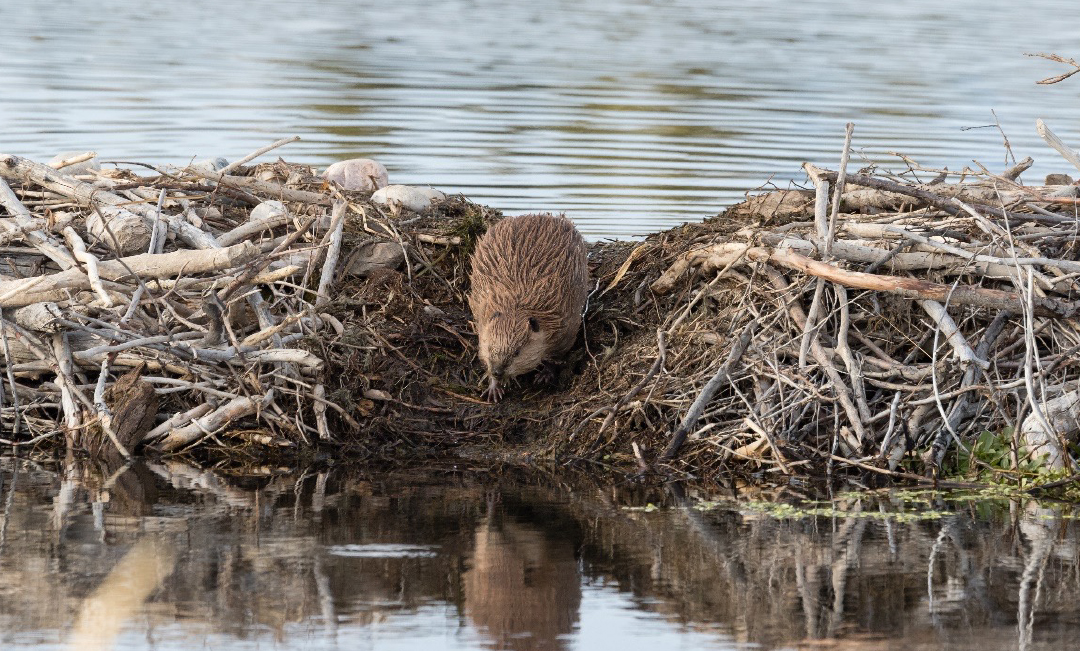
What is a Beaver Dam Leveler?
A beaver dam leveler is a system designed to manage the water levels in areas impacted by beaver dams. It’s used to maintain the ecological benefits of beaver activity, like improved biodiversity and water retention, while preventing flooding or other conflicts with human infrastructure. Levelers are typically constructed with a pipe installed through the beaver dam to control the flow of water. The pipe is set through the dam at the desired water level with the pipe intake located upstream of the beaver dam and the pipe outlet located downstream of the dam.

By regulating water levels instead of completely removing the dam, a beaver dam leveler allows the beavers to remain in the area. This helps preserve the ecosystem benefits beavers bring, such as wetland creation and improved water quality.
It is important to note that beavers typically give birth to their kits in May or June and so beaver dam leveler installation should be avoided during these months.
ILM is a certified installer of beaver dam levelers by the Beaver Institute of North America. For more information on the Beaver Institute, please visit www.beaverinstitute.org.
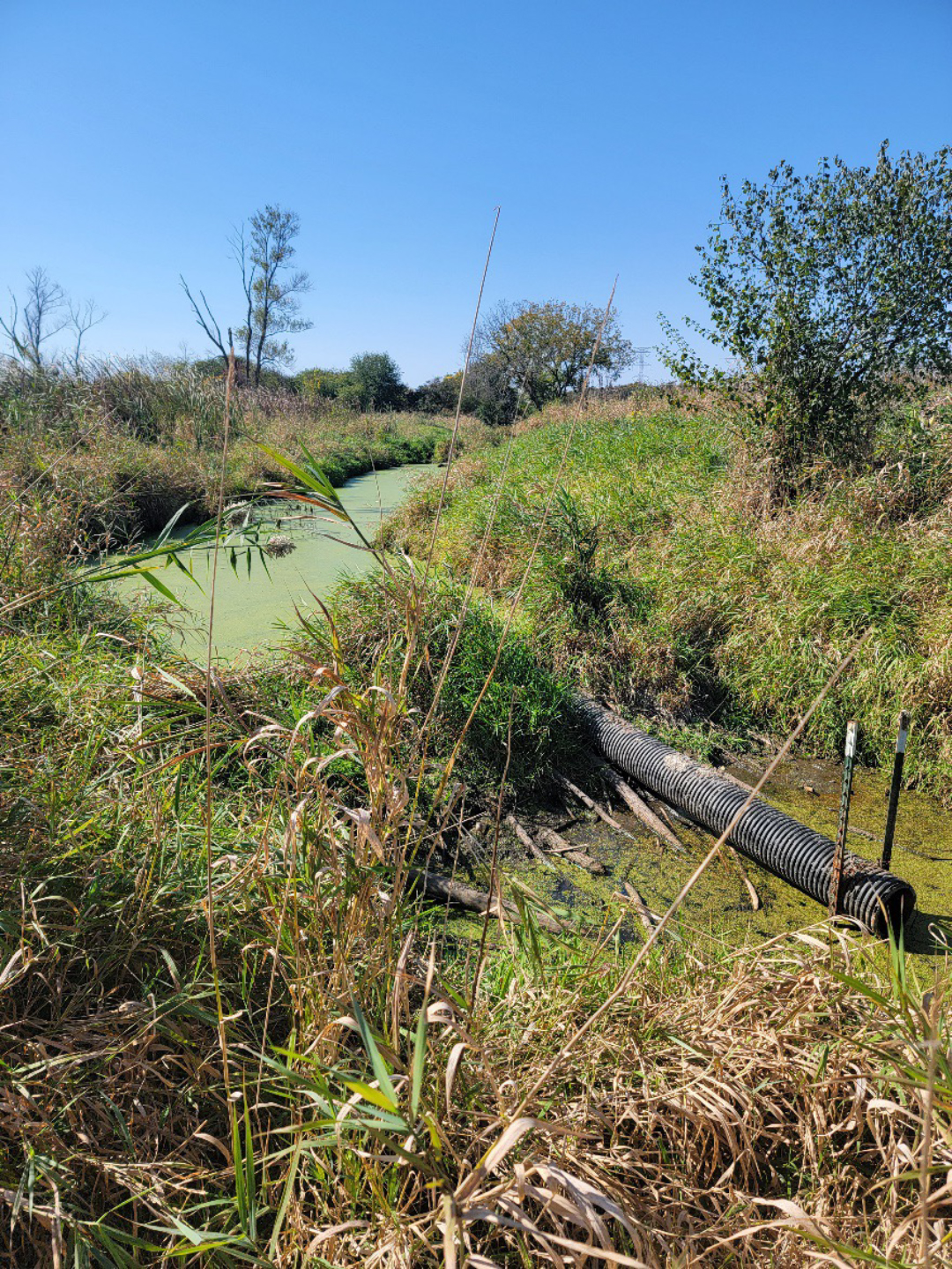
Beaver Dam Leveler Variations
While piped levelers are most common, there are many variations in design depending on habitat type. For instance, the leveler shown below was constructed between two wetlands where water moved between them via a shallow stream running over a berm. Since the water was not deep enough to accommodate a piped leveler, it was redirected under the streambed itself through an excavated conveyance filled with porous plastic crates. Local permitting requirements will determine if this approach is available in your area.
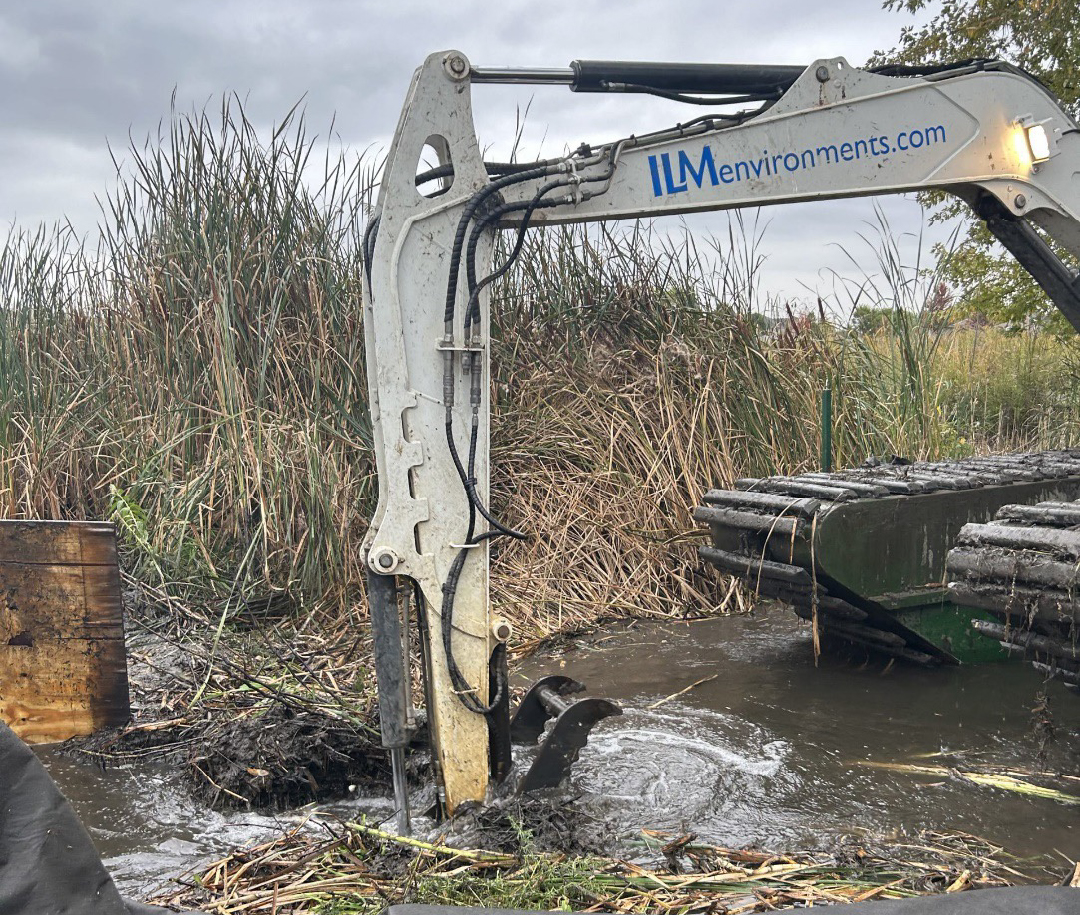
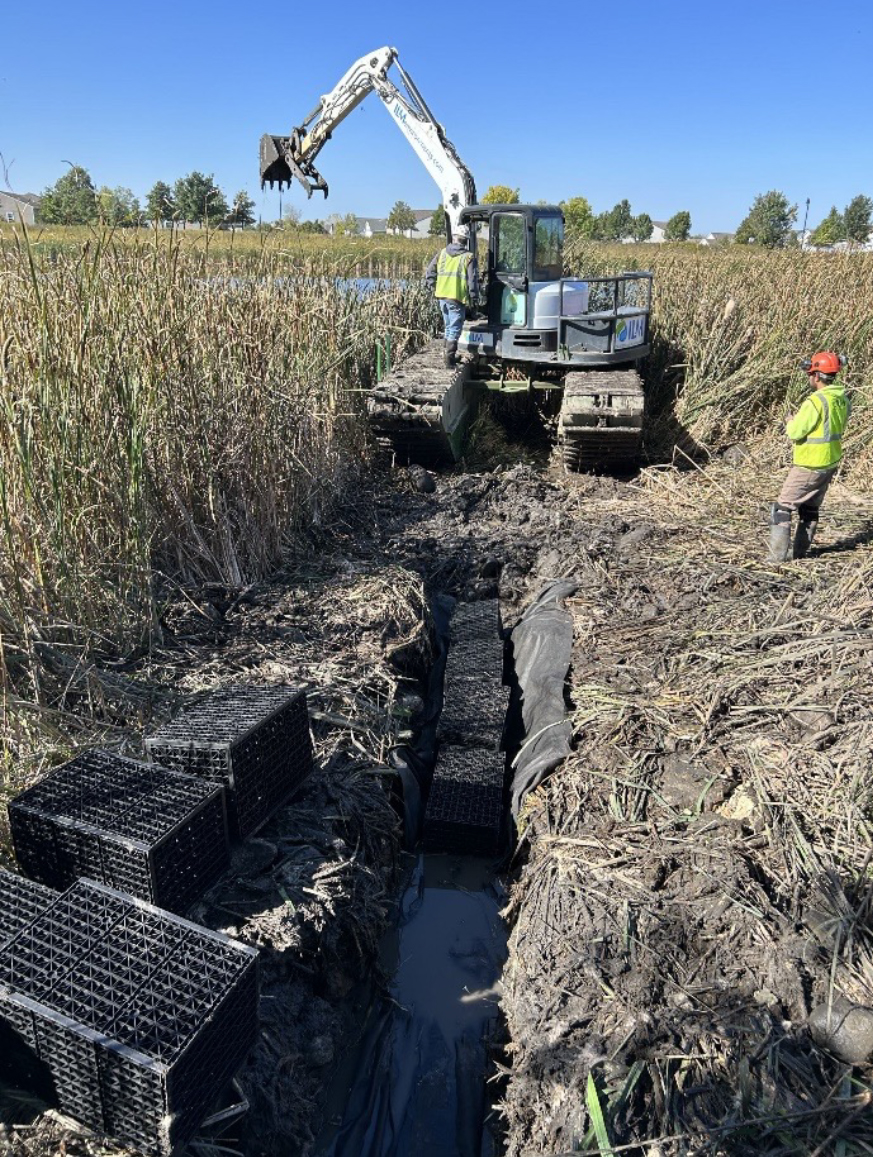
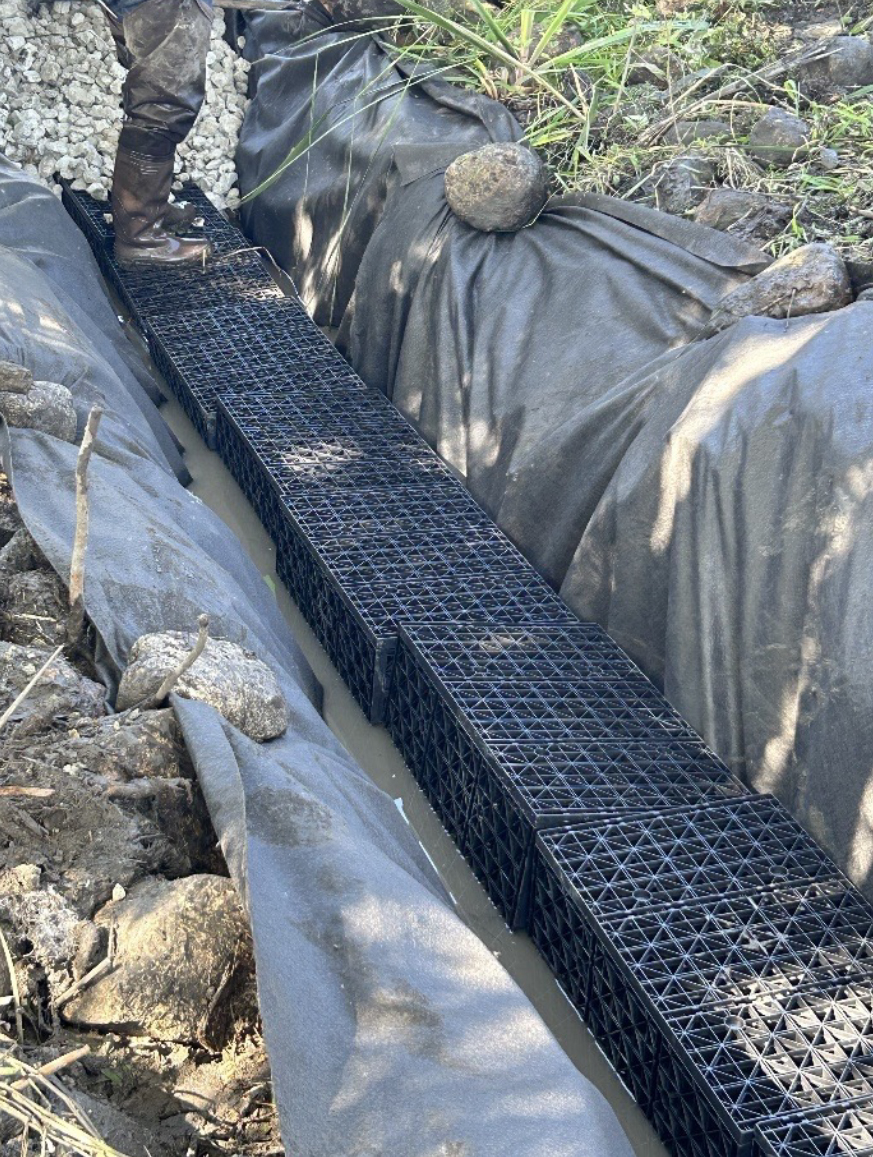
Beaver Dam Leveler Maintenance
Regardless of the type of beaver dam leveler, they must be maintained to ensure proper functionality. Periodic maintenance includes ensuring that the leveler remains clear of debris and adjusting the height of the pipe in the dam to modify the pond height as needed. These visits also allow for the monitoring of beaver activity. Three to four visits each year is recommended to ensure the leveler is working as designed.
If you need help with flooding issues caused by beavers, please CONTACT US for more information.
